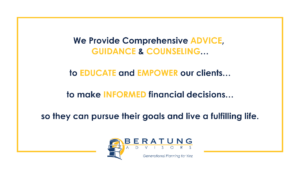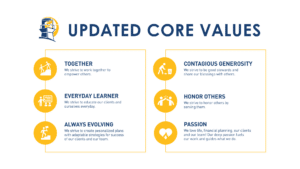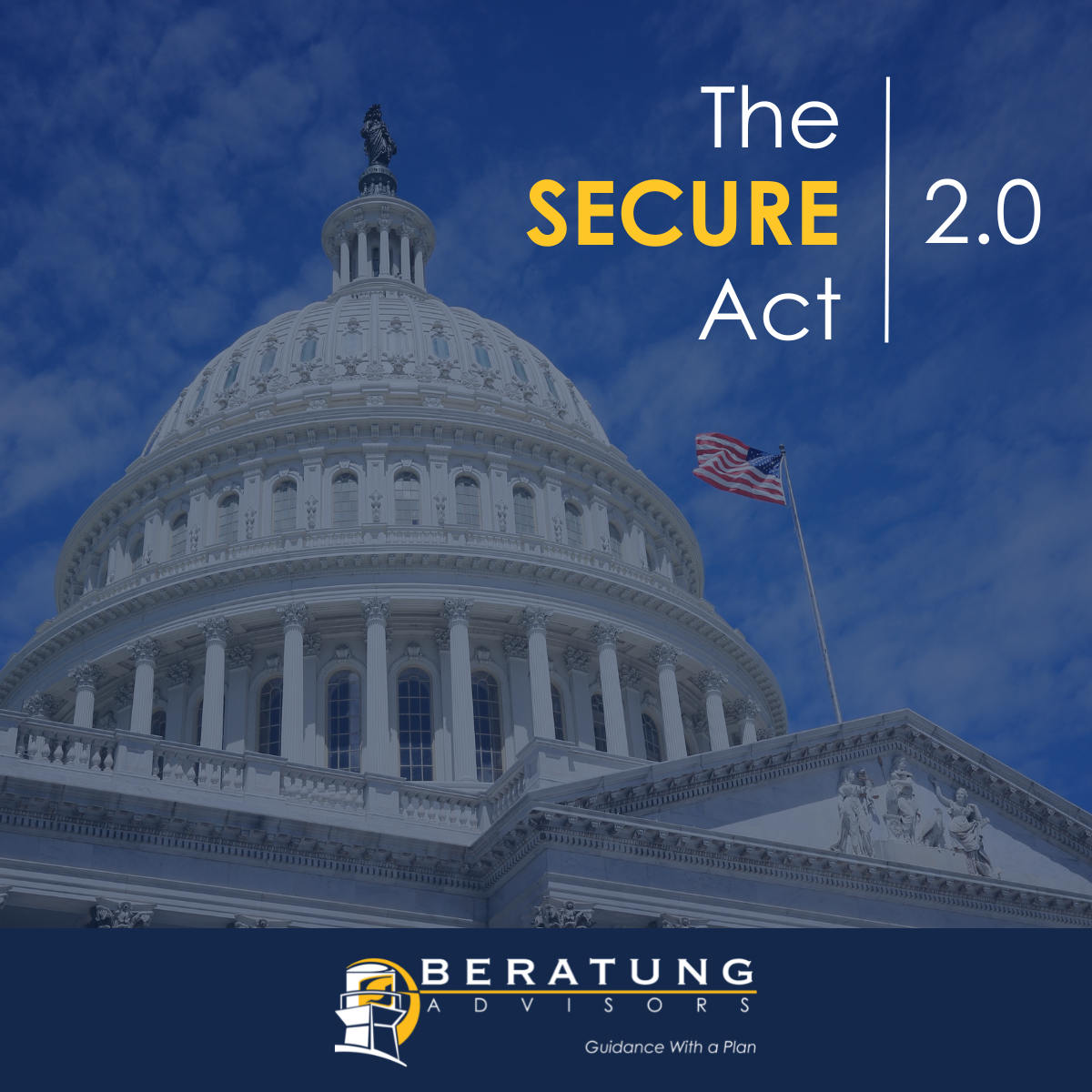The “SECURE Act 2.0” (known as Securing a Strong Retirement Act) recently passed Congress signed by President Biden on Friday December 29th 2022 as part of the omnibus spending bill. The bill includes 90+ new retirement plan provisions. This bipartisan bill (original bill passed house 414-5 in March 2022)is aimed at helping a wide range of Americans achieve retirement security and financial wellbeing.
There are a number of elements that are helpful for retirement planning including:
Highlights Effecting Individuals
Increase Catch Up Provisions
People age 60-63 would be allowed to save more funds for retirement. Current law allows those aged 50 and older to make catchup contributions that are greater than the regular retirement plan limits for everyone else. So, under current law, in 2023, those aged 50 or older can contribute $7,500 annually to most workplace retirement accounts. But the new law, starting in 2025, would increase those limits to $10,000 for people age 60-63.
RMD Age Increase
Current law requires owners of tax-deferred traditional IRAs to begin taking withdrawals (called required minimum distributions (RMDs)) when they turn age 72. The new law increases that age to 73 in 2023. And the age would increase to 75 in 2033. And related: the penalty for not taking your RMDs is reduced from 50% of the RMD amount not taken, to 25%.
529 to ROTH
A novel provision in the law allows 529 funds to be rolled over into a Roth IRA for the beneficiary. There is a lifetime limit of $35,000, and the rollovers have to fall within the regular annual Roth contribution limits. In addition, this can only be done if the account has been open for at least 15 years.
Student Loans Matching in Retirement Plans
And for those with student loans, a new provision starting in 2024 would have student loan payments count as retirement contributions, thus making them eligible for matching contributions from employers. This applies to 401(k), 403(b), and SIMPLE IRA accounts.
Highlight for Employers
Automatic enrollment and increases to 401(k)
The law requires employers to automatically enroll eligible employees in their 401(k) or 403(b) plans, starting with at least 3% of their paychecks. And in each following year, this contribution would be increased by one percentage point until they reached at least 10%.
Emergency Savings
Employers will also be allowed to automatically enroll their employees into emergency savings accounts, which are linked to their retirement accounts. Employers can set aside up to 3% of an employee’s salary for these emergency savings accounts. The tax treatment of these emergency savings accounts is similar to Roth accounts: the contributions are with funds that have already been taxed, and the withdrawals are tax-free.
If you would like to learn more about how the SECURE Act 2.0 affects you, reach out today, to speak to one of our financial planning professionals by calling us at 412-357-2002.
If you found this information useful, please leave your comment on our Facebook post or on our advisors’ LinkedIn posts and share this post with your friends and family.

More Than a Logo: The Meaning Behind Beratung Advisors’ Brand
Our logo isn’t just about branding–it’s a constant reminder of who we are, what we do, and why we do it.

5 Smart Moves to Make When the Market Is Down
Here’s the truth—market downturns aren’t just something to survive… they’re something you can leverage.

Empowering Informed Financial Decisions: The Beratung Mission
At Beratung Advisors, we all have one job: to execute on our mission.

Why Property & Casualty Insurance Is a Critical Part of Your Financial Plan
An important part of financial planning—one that often gets overlooked—is your property and casualty insurance.

Refining Our Core Values: Making Them Clearer, Stronger, and More Actionable
At Beratung Advisors, our core values are the foundation of everything we do.

Make Your Vision Great Again: Why Clarity Wins
As leaders, we often assume our message is clear. We see the vision vividly, like a movie playing in our heads.

